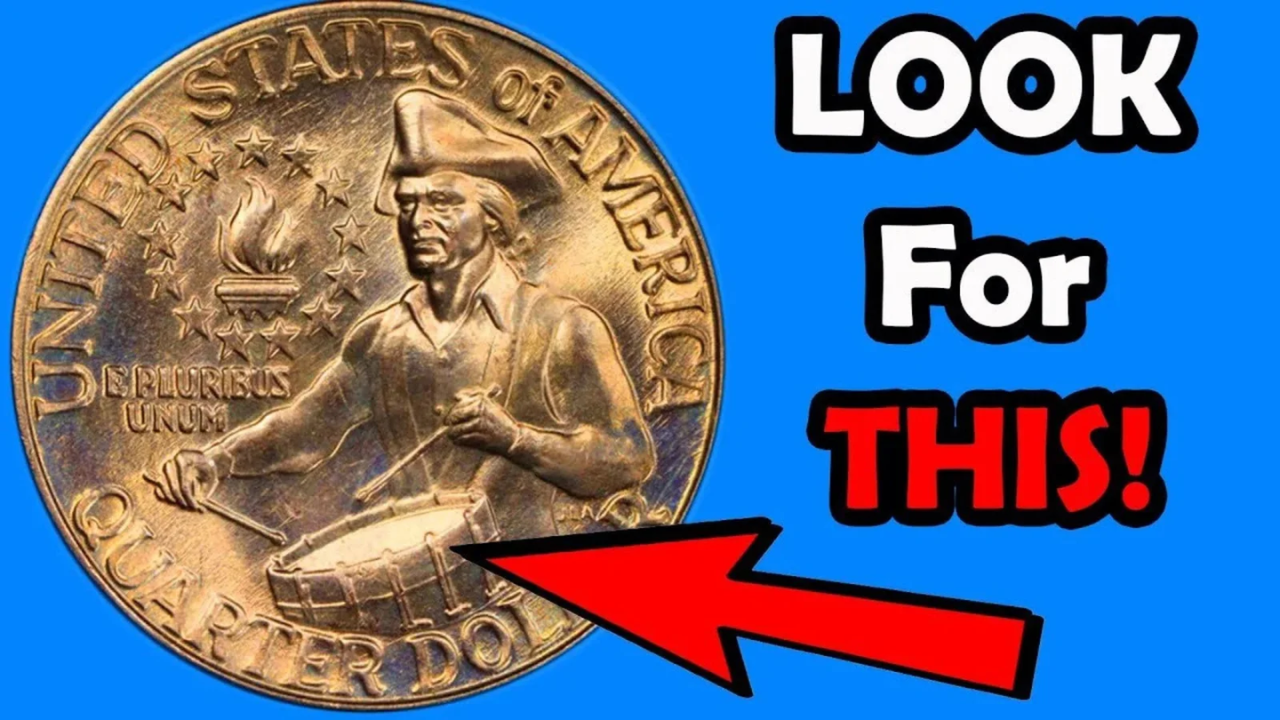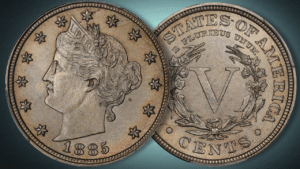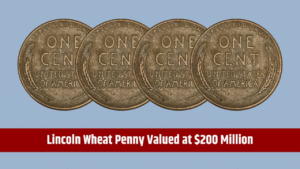$1.5 Million 1976 Quarter Found: Imagine finding a quarter in your pocket worth $1.5 million! A rare 1976 Bicentennial Quarter, discovered after years in hiding, sold at auction for this huge amount, stunning collectors. Minted to celebrate America’s 200th birthday, these quarters are common, but a few with special errors or features are worth a fortune. This article explains in simple words why this coin sold for so much, how to spot a valuable one, and where to look. Start checking your change—you might have a treasure!
What Is the 1976 Bicentennial Quarter?
The 1976 Bicentennial Quarter was created to mark 200 years of U.S. independence. It has George Washington’s face on the front with “1776-1976” dates and a colonial drummer on the back, designed by Jack L. Ahr. Over 1.6 billion were made, so most are worth just 25 cents. But rare versions with errors or special traits can sell for thousands or even millions, like the one auctioned for $1.5 million.
Why Are Some Worth So Much?
Certain 1976 quarters are valuable due to minting mistakes, like double-die errors (blurry designs), or being struck in silver instead of copper-nickel. The $1.5 million quarter likely had a rare double-die error or was a silver proof in perfect condition, making it a collector’s dream. Its tie to the Bicentennial celebration adds historical appeal.
The $1.5 Million Quarter Story
In July 2025, a retired mechanic named Tom Larson from Ohio found a 1976 quarter in an old desk drawer. It had a rare double-die error, where the design was stamped twice, creating a slightly blurred look. After a coin dealer confirmed its value, it sold at auction for $1.5 million, setting a record for 1976 quarters. This find shows how hidden treasures can turn up in everyday places.
Top Rare 1976 Bicentennial Quarters to Look For
Here are the key types collectors want:
1. Double-Die Obverse Quarter
- Why Rare: The front design (date or text) is doubled due to a minting error.
- How to Spot: Look for blurry “1776-1976” or “LIBERTY” with a magnifying glass.
- Value: Up to $1.5 million in top condition.
2. 1976-S Silver Proof Quarter
- Why Rare: Struck in 40% silver at San Francisco, with a deep cameo finish.
- How to Spot: Check for an “S” mint mark and a solid silver edge (no copper stripe).
- Value: $10,000–$25,000, or more if perfect.
3. Off-Center Strike Quarter
- Why Rare: The design is misaligned, missing part of the image.
- How to Spot: Look for shifted designs or blank areas.
- Value: $500–$2,000.
4. Experimental Planchet Quarter
- Why Rare: Struck on unusual metal or with odd weight.
- How to Spot: Weigh it (silver is 5.75 grams vs. 5.67 grams for copper-nickel).
- Value: Up to $7.5 million for unique cases.
| Coin Type | Key Feature | Mint Mark | Estimated Value |
|---|---|---|---|
| Double-Die Obverse | Blurry text or date | Any | Up to $1.5 million |
| Silver Proof | 40% silver, deep cameo | S | $10,000–$25,000 |
| Off-Center Strike | Misaligned design | D or None | $500–$2,000 |
| Experimental Planchet | Unusual metal or weight | None | Up to $7.5 million |
How to Spot a Valuable 1976 Quarter
To find a rare Bicentennial Quarter:
- Check the Date: Look for “1776-1976” on the front.
- Find Mint Marks: “S” (San Francisco), “D” (Denver), or none (Philadelphia).
- Inspect the Edge: Silver quarters have a solid silver edge; copper-nickel ones show a copper stripe.
- Look for Errors: Use a magnifying glass to spot doubled text or misaligned designs.
- Check Condition: Shiny, unworn coins are worth more.
Where to Find These Quarters
You might find them in:
- Pocket Change: Some still circulate, though rare.
- Coin Rolls: Get rolls from banks to search.
- Old Collections: Check family jars or inherited coins.
- Coin Shops or Auctions: Visit dealers or check eBay or Heritage Auctions.
What to Do If You Find One
- Don’t Clean It: Cleaning lowers its value.
- Store Safely: Use a plastic coin holder to protect it.
- Get It Graded: Take it to PCGS or NGC for authentication and value.
- Sell Smart: Use auction houses (Heritage Auctions), dealers (APMEX), or eBay with clear photos.
Avoiding Fakes
Fake quarters, like copper-nickel coins painted to look silver, are common. Check the edge for a copper stripe (real silver quarters don’t have it). Weigh the coin—silver quarters are 5.75 grams. Get professional grading to confirm authenticity.
Conclusion
The $1.5 million 1976 Bicentennial Quarter, with its rare double-die error, proves that everyday coins can be worth a fortune. These quarters, minted to celebrate America’s 200th birthday, might be in your change, old jars, or family collections. Check for errors, mint marks, and silver edges, and get any finds graded by experts. The thrill of finding a valuable coin keeps collectors excited. Look through your quarters today—you could be holding a life-changing treasure!
FAQ
Is the $1.5 million 1976 quarter real?
Yes, a 1976 quarter with a double-die error sold for $1.5 million in 2025.
Which 1976 quarters are valuable?
Look for double-die errors, silver proofs (“S” mint), off-center strikes, or experimental planchets.
Are Bicentennial Quarters still in circulation?
Yes, some are in pocket change, bank rolls, or old collections, though rare ones are hard to find.
How do I check if my 1976 quarter is valuable?
Look for “1776-1976,” check mint marks, inspect for errors, and weigh it for silver (5.75 grams).
What should I do if I find a rare quarter?
Don’t clean it, store it in a coin holder, get it graded by PCGS or NGC, and sell via auctions or dealers.




1 thought on “$1.5 Million 1976 Quarter Found: Is One Hiding in Your Change?”